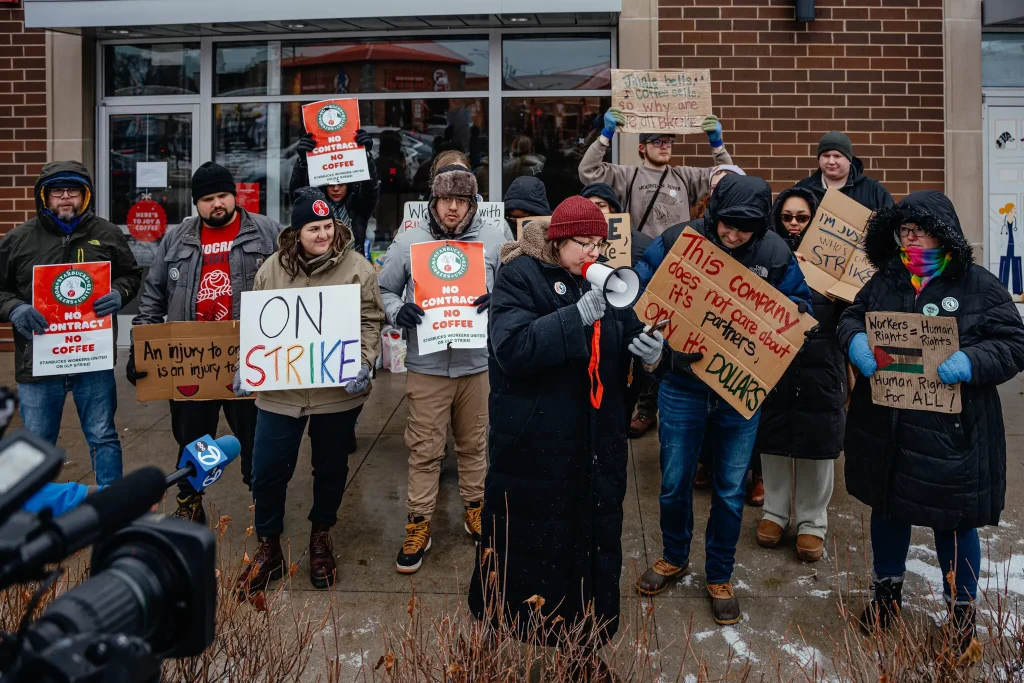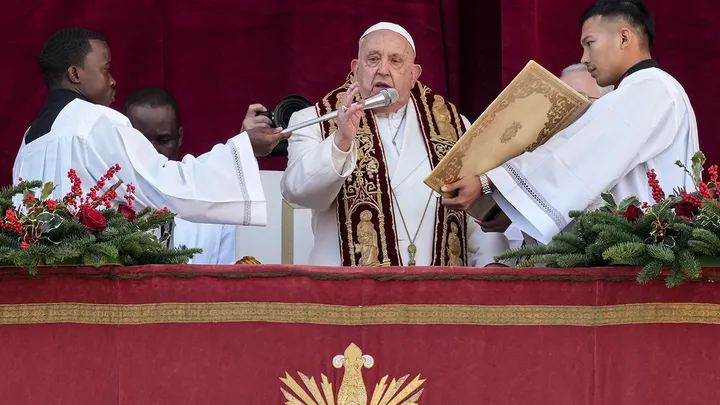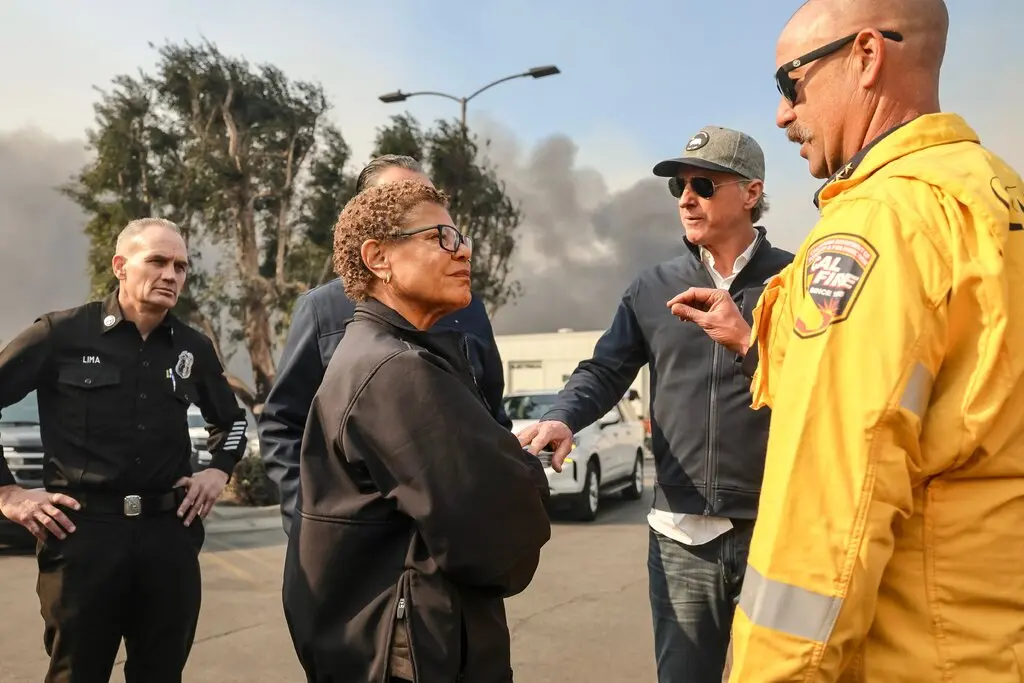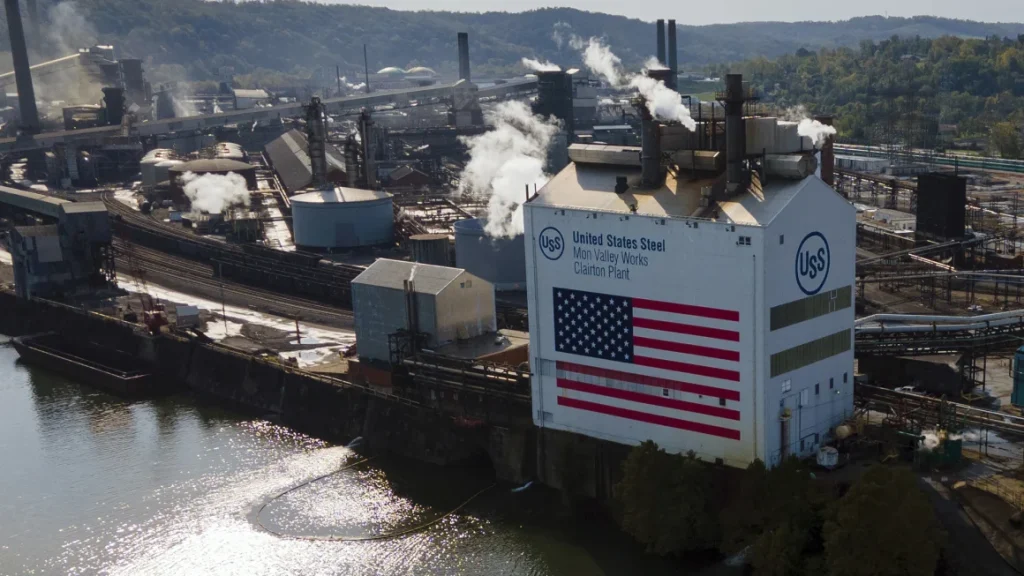Starbucks workers union announces pre-Christmas strike in Los Angeles, Chicago and Seattle
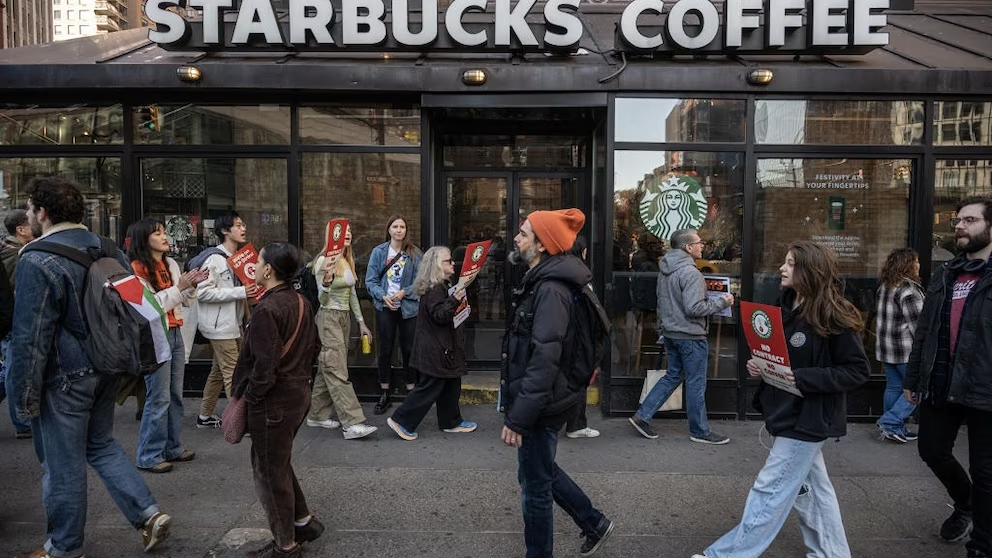
Starbucks workers, represented by the Starbucks Workers Union, have announced plans for a pre-Christmas strike. The strike is set to take place in major cities, including Los Angeles, Chicago, and Seattle, which are some of the chain’s largest and most prominent locations. The announcement of the strike comes amid ongoing labor disputes between the coffee giant and its employees, who have been advocating for better working conditions, fair wages, and improved benefits for months. The decision to hold the strike in the days leading up to Christmas is seen as an effort to increase pressure on the company, especially during a peak period of business for Starbucks.
The workers, many of whom are baristas and other employees in Starbucks locations, have been engaged in a long-standing battle with the company, which has become the target of unionization efforts across the U.S. over the past two years. The strikes are a culmination of months of negotiations and protests that reflect growing discontent within the workforce. These workers are demanding more substantial improvements to their working conditions, including a significant wage increase, enhanced health benefits, job security, and better workplace protections.
The Starbucks Workers Union, which has been organizing the strike, has been pushing for the company to take more responsibility for creating a supportive and fair environment for its employees. Workers have expressed frustration with the company’s handling of labor disputes, citing claims of unfair treatment, inadequate staffing, and a lack of response to their grievances. As part of their demand, employees are calling for increased transparency in the company’s management and decision-making processes, which they believe have largely ignored workers’ needs.
The timing of the strike, right before the busy holiday season, is a strategic move designed to maximize its impact. Starbucks, known for its bustling stores and long lines of customers, sees a sharp uptick in sales during the Christmas period. The workers hope that by disrupting operations during this high-demand time, they will draw attention to their cause and pressure the company to make meaningful changes. Historically, holiday periods represent some of the most profitable times for retailers and food service chains, and the workers’ union is betting on the fact that a disruption during this time could compel Starbucks to engage more seriously in negotiations.
The cities chosen for the strike—Los Angeles, Chicago, and Seattle—are significant hubs for the company, with high-profile locations in each. Seattle, as the birthplace of Starbucks, is especially symbolic, as it is where the first store opened in 1971. By targeting these locations, the union aims to send a message to Starbucks’ corporate leadership, asserting that their demands should be taken seriously regardless of the size or prominence of individual stores.
The strike announcement has garnered widespread attention, both within the labor community and in the media. Starbucks employees involved in the unionization efforts have faced a mixed response from the company. While Starbucks has expressed its commitment to maintaining an open dialogue with employees, it has also been accused of using tactics to discourage unionization, including allegations of intimidation and retaliation. These accusations have fueled tensions between the company and its workers, leading to a series of protests and walkouts in Starbucks locations nationwide.
Despite the tensions, the union’s leadership remains steadfast, emphasizing that the strike is a last resort after attempts at negotiation and dialogue have failed to yield the desired results. In a statement, the Starbucks Workers Union said, “Our members are united in the belief that we deserve better wages, fairer treatment, and a voice in our workplace. We are striking because we have no other choice. Starbucks has made it clear that they are not willing to meet our demands unless we force their hand.”
For Starbucks, the ongoing labor disputes represent a challenge to its brand image. The company, which has long positioned itself as an advocate for social responsibility and employee well-being, is now facing criticism for its handling of labor relations. The strikes and unionization efforts have sparked wider conversations about workers’ rights in the service industry, as employees at various companies across the U.S. seek to unionize and demand better working conditions.
The broader implications of this strike could extend beyond Starbucks itself, as it is part of a larger trend of unionization movements gaining momentum in the U.S. Many service industry workers, particularly in the food and beverage sectors, have become increasingly vocal about their desire for change. The success or failure of the Starbucks workers’ strike could serve as a bellwether for similar efforts at other companies, potentially shaping the future of labor movements in the U.S.
As the strike date approaches, both Starbucks and the union are bracing for the fallout. The company will likely face criticism if the strike disrupts its operations significantly, especially in high-profile cities. Meanwhile, the workers hope that their actions will spark meaningful change, not only for themselves but also for the wider service industry workforce.
In conclusion, the announcement of the pre-Christmas strike by Starbucks workers in Los Angeles, Chicago, and Seattle underscores the ongoing labor tensions between the company and its employees. With the strike timed to coincide with the lucrative holiday season, the workers are hoping to increase pressure on Starbucks to address their demands for better wages, working conditions, and benefits. The strike is not only a pivotal moment for Starbucks but also represents a larger movement within the U.S. labor force, as more workers seek to assert their rights and improve conditions in the service industry. Whether the strike will lead to significant change remains to be seen, but it has undoubtedly brought attention to the issues faced by employees in one of the world’s most iconic coffee chains.


